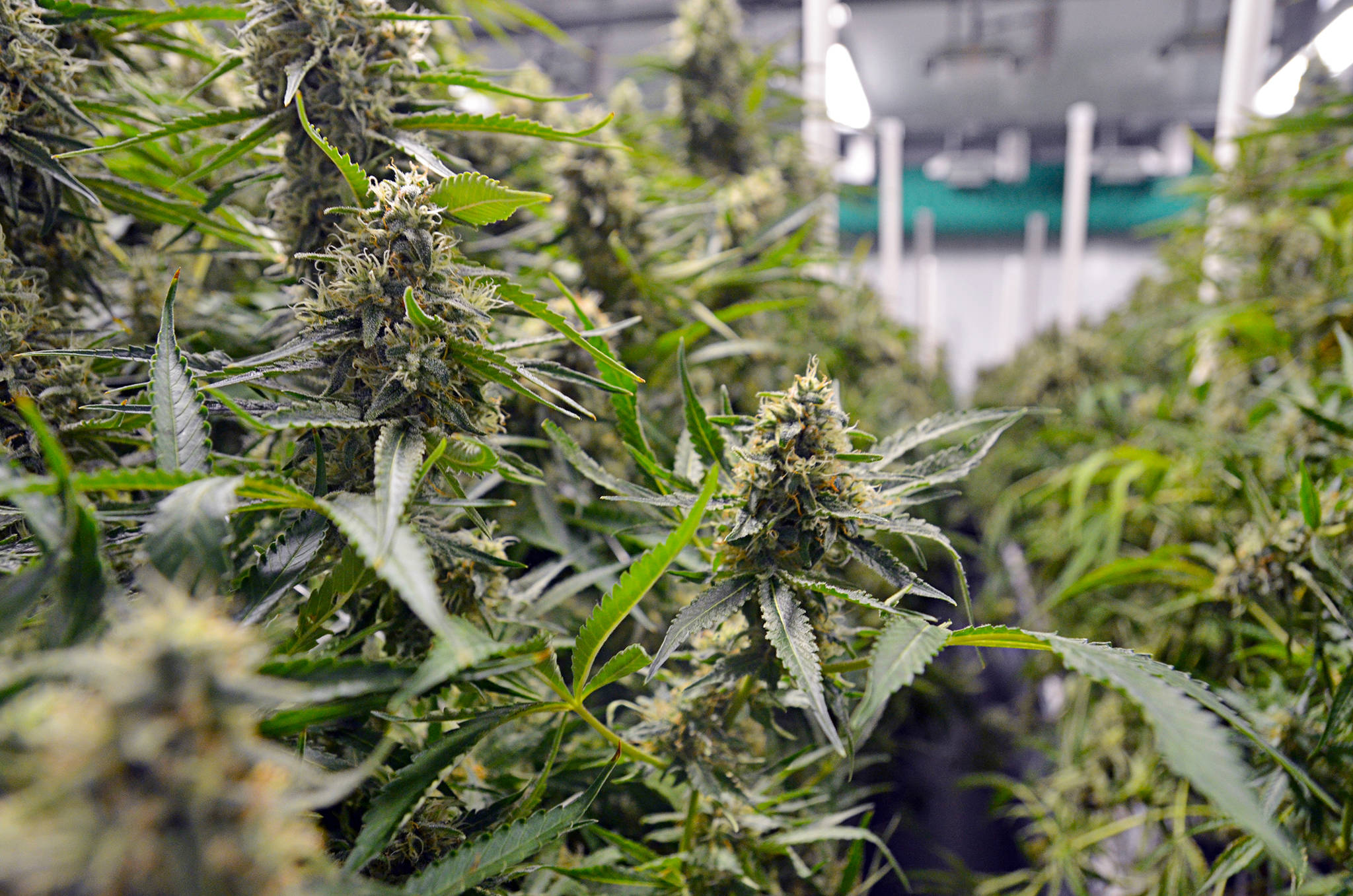Canadians eat or smoke anywhere between 400 to 1,600 tonnes of cannabis per year, according to a years’ worth of sewage samples examined for the federal government.
The wide-ranging estimate, released by Statistics Canada, is the first look at cannabis use through a new technique called wastewater-based epidemiology. The tests involve gauging traces of THC, the active ingredient in marijuana, at 15 wastewater treatment plants in five different cities, including Vancouver.
After cannabis metabolizes in the body, traces of THC are left behind in human waste. Scientists collected wastewater on the second week of each month from March to August in 2018 – before cannabis was legalized in Canada on Oct. 17 – as well as months after it became legal.
As expected, more cannabis is consumed in Canada’s larger cities.
Despite B.C.’s reputation as the most cannabis-friendly province, Vancouver had the second-lowest consumed amount of THC, the psychoactive ingredient in cannabis.
The average weekly load in Vancouver was 313 grams per million people, compared to 936 grams in Halifax and 833 grams in Montreal. Toronto was similar to Vancouver, at 327 grams, while Edmonton lagged behind with 244 grams.
Despite recreational cannabis becoming legal in October 2018, the study found no spike of the substance in sewage that month. The highest amounts were recorded in May and June 2018, with a smaller uptick in December.
The sample tests were meant to overcome under-reporting by cannabis users, often caused by the stigma of the drug and reluctance for people to admit their illegal purchases.
While the estimates offer a first look at the truth behind cannabis use, Statistics Canada said the numbers are experimental and that more information is needed, such as how much of the drug is excreted, its potency and the way the drug is consumed. Other factors to consider include different chemicals in the various treatment plants themselves.
“In the case of cannabis, there are many different kinds of products, with different THC potency levels, and this adds further complexity to estimation methods,” an initial report read.
WATCH: Inside a B.C.-based marijuana production facility
– with files from Katya Slepian, Black Press Media
@ashwadhwani
ashley.wadhwani@bpdigital.ca
Like us on Facebook and follow us on Twitter.

